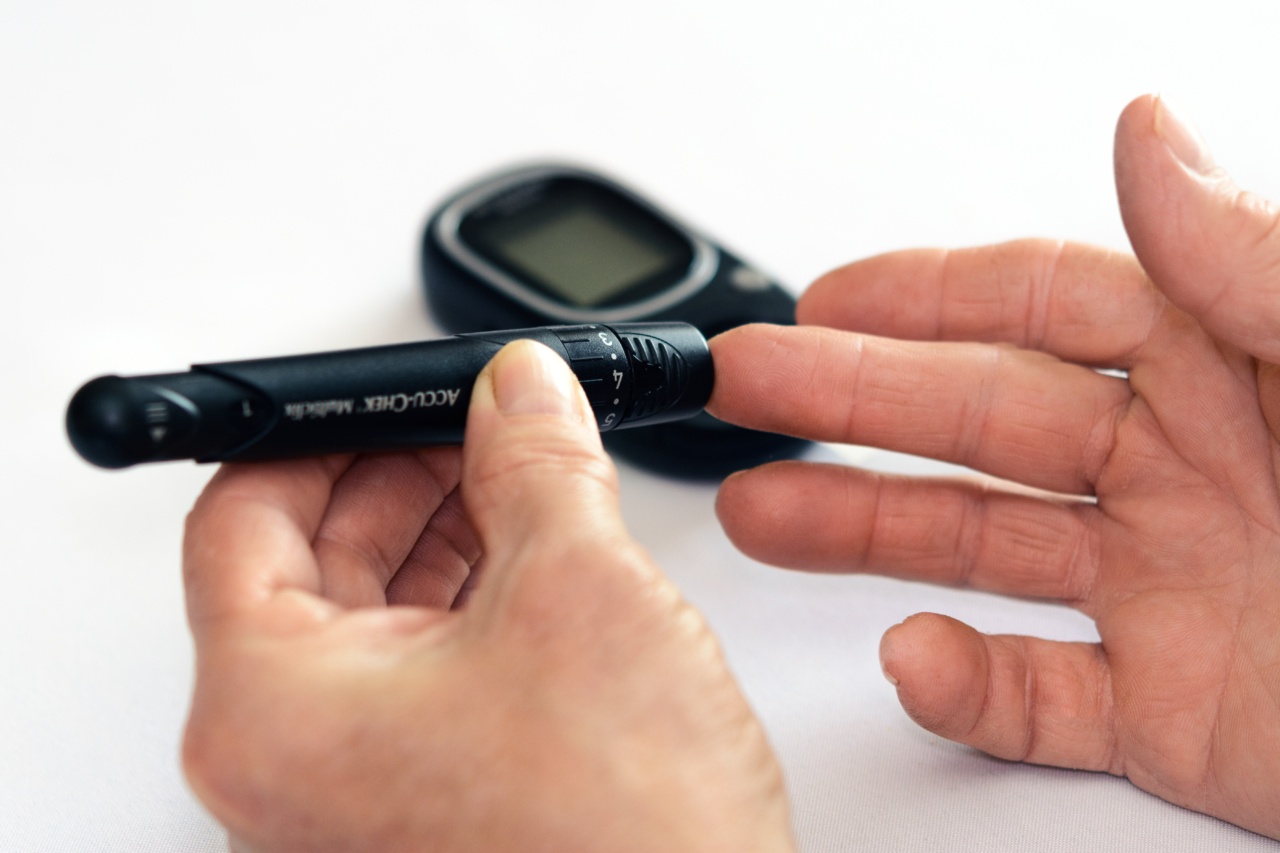Diabetes is a chronic disease that affects millions of people worldwide. It is characterized by high levels of glucose (sugar) in the blood, which can lead to serious health problems if left untreated.
Unfortunately, many people are unaware that they have diabetes until complications arise. The key to managing diabetes is early detection and treatment. In this article, we will explore how to detect the onset of diabetes.
Understanding the Different Types of Diabetes
Before discussing the signs and symptoms of diabetes, it’s important to understand the different types of diabetes. There are three main types of diabetes: type 1 diabetes, type 2 diabetes, and gestational diabetes.
Type 1 diabetes is an autoimmune disease that usually develops in childhood or adolescence. Type 2 diabetes is the most common type of diabetes and typically develops in adulthood. Gestational diabetes occurs during pregnancy and usually resolves after the baby is born.
Signs and Symptoms of Diabetes
Most people with diabetes experience some of the same symptoms, regardless of the type of diabetes they have. These symptoms include:.
- Frequent urination
- Increased thirst
- Unexplained weight loss
- Blurred vision
- Fatigue
- Slow-healing cuts or sores
- Tingling or numbness in the hands or feet
If you are experiencing any of these symptoms, it’s important to see a healthcare provider for further evaluation.
Diagnosing Diabetes
There are several tests that can be used to diagnose diabetes. The most common tests include:.
- Fasting blood glucose test: This test measures blood glucose levels after fasting for at least eight hours.
- A1C test: This test measures the average blood glucose levels over the past two to three months.
- Oral glucose tolerance test: This test measures blood glucose levels before and after drinking a sugary drink.
If any of these tests indicate high blood glucose levels, your healthcare provider will likely diagnose you with diabetes.
Preventing Diabetes
The best way to prevent diabetes is by making lifestyle changes that can reduce your risk of developing the disease. These changes include:.
- Eating a healthy diet
- Exercising regularly
- Maintaining a healthy weight
- Avoiding tobacco products
- Limiting alcohol consumption
If you have a family history of diabetes or are at high risk for developing the disease, it’s important to talk to your healthcare provider about strategies to prevent diabetes.
Managing Diabetes
If you are diagnosed with diabetes, it’s important to work with your healthcare provider to develop a plan to manage the disease. This plan may include:.
- Taking medications as prescribed
- Maintaining a healthy diet
- Engaging in regular physical activity
- Monitoring blood glucose levels regularly
- Managing blood pressure and cholesterol levels
With proper management, people with diabetes can live healthy, active lives.
Conclusion
Detecting the onset of diabetes is crucial for managing the disease. If you are experiencing symptoms of diabetes, it’s important to see a healthcare provider for further evaluation.
Making lifestyle changes can help prevent the development of diabetes, and managing the disease through medication and lifestyle changes can lead to better health outcomes.





























